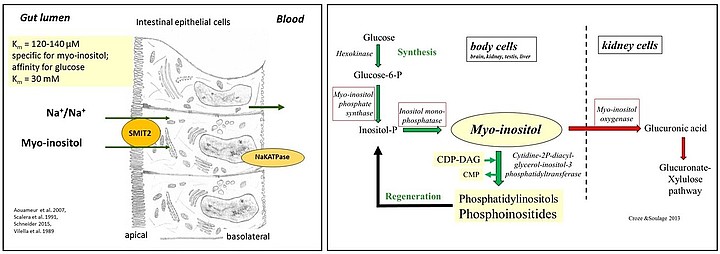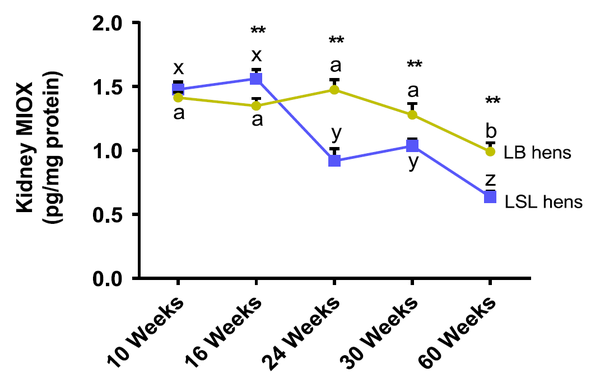Project 1.5
Intestinal absorption and systemic effects of myo-inositol in laying hens
Korinna Huber / Markus Rodehutscord
Myo-inositol (MI) is the end product of complete dephosphorylation of phytate by endogenous phytases and phosphatases in the gastrointestinal tract of laying hens with an efficient phosphorus utilization. MI is known to be a component of cell membranes and of intracellular phosphoinositide- and inositolphosphate-dependent signaling pathways. Thereby, it is an important key molecule in healthy function of body cells. However, its role in laying hens is not well known yet.
The aim of this study is to assess the intestinal MI transport mechanisms, its body-own metabolism and its association with the plasma metabolome. Expression of intestinal MI transporters will be examined and correlated to functional measures of MI transport in Ussing chambers (Project 1.6). Furthermore, enzymes involved in MI synthesis and degradation will be quantified in several tissues. The metabolic profile of laying hens as influenced by age and feeding will be assessed by a targeted metabolomics approach to identify associations between this profile, MI metabolism and metabolic health. All data will be used for an integrative bioinformatic analysis.



